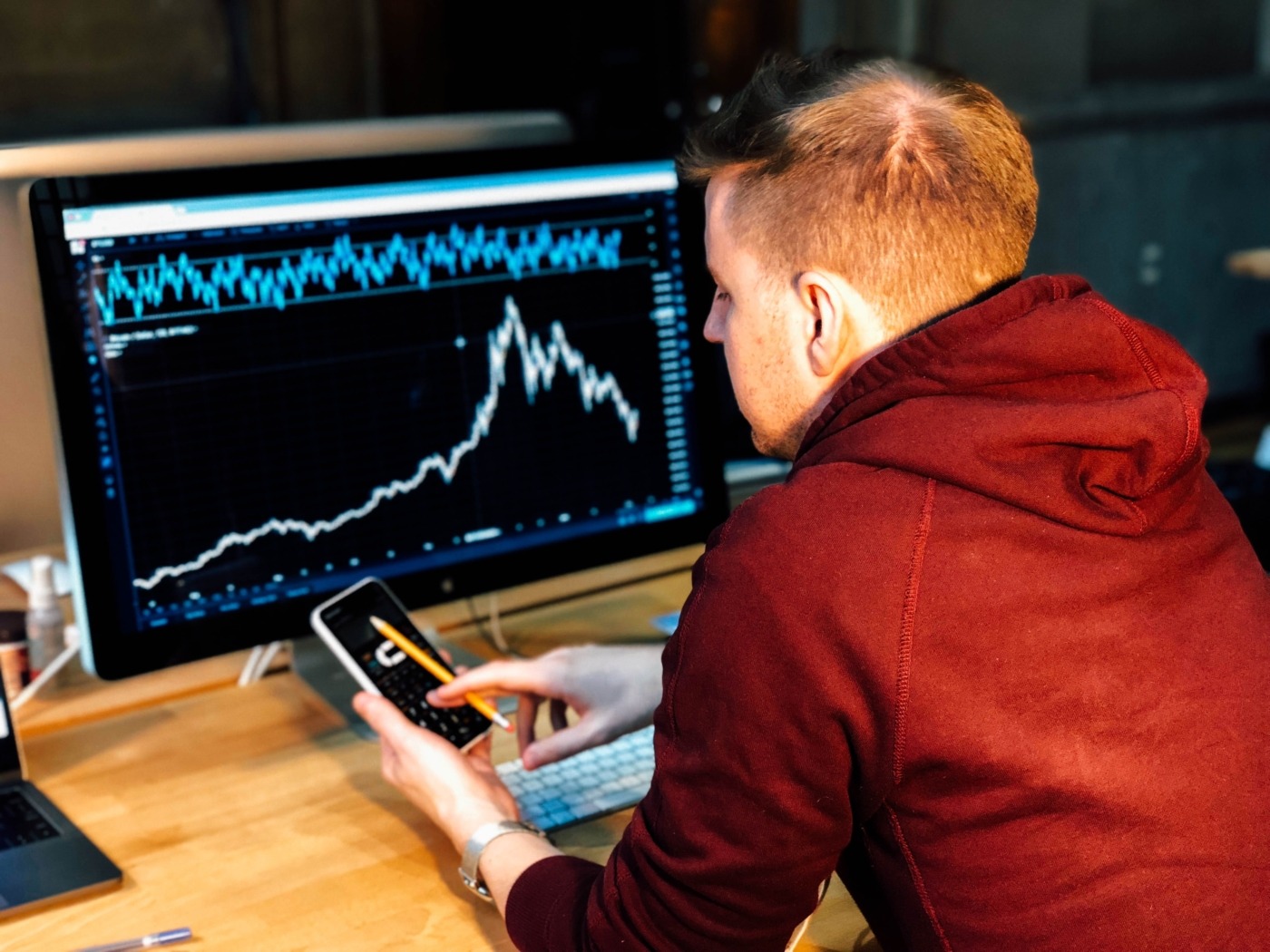From watching to investing in Netflix in seconds – the rise of social trading platforms
The stock market is a fascinating concept. It brings together buyers and sellers of company stocks in an auction setting where both parties are free to negotiate their own price. Most experts believe that the founding of the Dutch East India Company in 1602, the first company to issue stocks to the general public, and its subsequent listing on the Amsterdam Stock Exchange was the advent of modern day public listed companies and stock markets. Although the notion of such companies and markets have since caught on to the extent that they are commonplace today, the way in which these company stocks are now traded has revolutionised, even more so over the past decade.
Traditionally, company stocks were traded on trading floors (more affectionately known to brokers as ‘the pit’) at physical stock exchanges. These trading floors were known for being intense, chaotic and haphazard in their operation. The most prominent method of communication on the trading floor, known as ‘open outcry’, involved stockbrokers and other professionals shouting and using hand gestures as a means of signaling their confirmation to buy or sell and in what quantity across the trading floor. This method also involved runners, often junior level traders, darting between traders with paper tickets to disseminate information and execute customer orders. More complex hand signals were developed to be able to communicate more complex transactions as the number of companies listed on the exchange and the trading floor population grew exponentially over the next few decades.
Modern day technology allows stock exchange access not just through privileged private networks but for anyone
The open outcry method, as addicting and as adrenaline pumping as it was for brokers, has gradually fallen into obsolescence with the rise in the number of stock exchanges converting to electronic trading platforms since the 1970s. It is worth noting that a small proportion of stocks are still traded on the floor today, although negligible compared to the volume of transactions that take place electronically. The first electronic trading platforms facilitated the remote placing of orders by a system of private networks. Stock prices were not livestreamed and there was a delay time between placing an order and executing it. Technological developments have since alleviated these concerns, adding to the slew of positives electronic trading brought in initially such as ease of access to international stock markets, lower costs, allowing for anonymity and more transparent and error free execution of orders. Modern day technology goes further, allowing for stock exchange access not just through privileged private networks but for anyone with access to the worldwide web. Robo-brokers and artificial intelligence are also now key features of stock markets.
One of the latest developments that has had a significant impact on stock market trading is the rise of social trading platforms. These platforms allow for novice investors to observe the trading strategies of peers and experts alike and allows for them to copy or mirror their strategy. The twilight of the 2008 financial crisis saw the introduction of such platforms, with firms such as eToro, FxPro and ZuluTrade experiencing a rise of metamorphic proportions over the past decade. No accurate data exists as to exactly how big of a market social trading is, but some experts believe it runs in the tens of billions.
We can go from interacting with goods and services of companies to investing in them in seconds
There is little doubt that social trading platforms like eToro have had a substantial impact on the buying and selling of shares. In most cases, these platforms do not charge a transaction fee. In the sparse situations where they do, nominal fees are imposed, instead of the 5-7% that floor traders would have charged back in the 1960s. Technology has gotten us to the point today where we can go from interacting with goods and services of companies to investing in them, just with a few touches of a smart device. Benefits exist not only for traders, but extend well beyond to brokerage firms and listed companies as well. Brokers can gain insight into market sentiments and momentum through this ‘alternative data’, which Deloitte expects to be worth $7 billion by 2021. Publicly listed companies have benefitted from this through higher stock valuations as tens of millions of more people have access to trading these stocks on these platforms.
With the recent closure of the New York Stock Exchange trading floor due to ongoing coronavirus pandemic, it is clear that stock exchanges around the world have reaped the benefits of the move to electronic trading methods. The open outcry method is already looked upon with nostalgia by veteran and retired traders. Could physical stock exchanges and their trading floors follow suit in a couple of decades time?

Comments